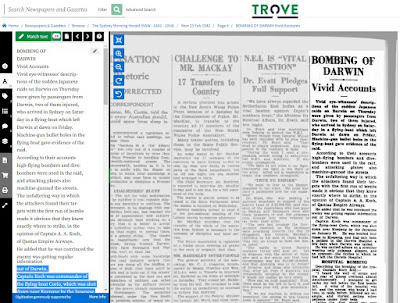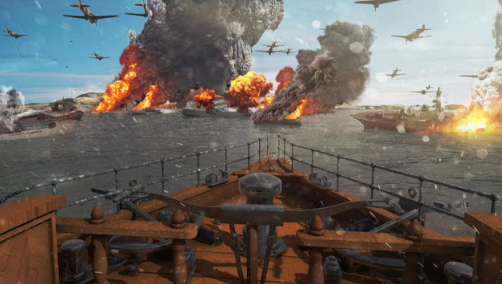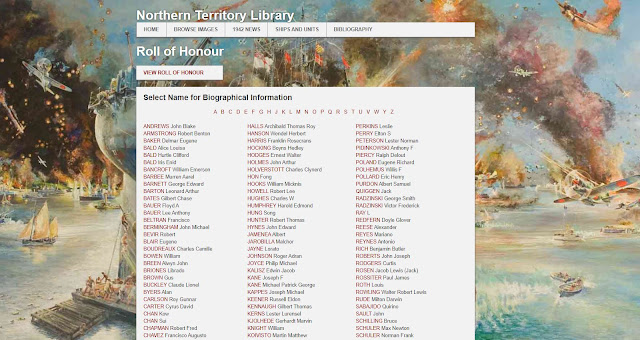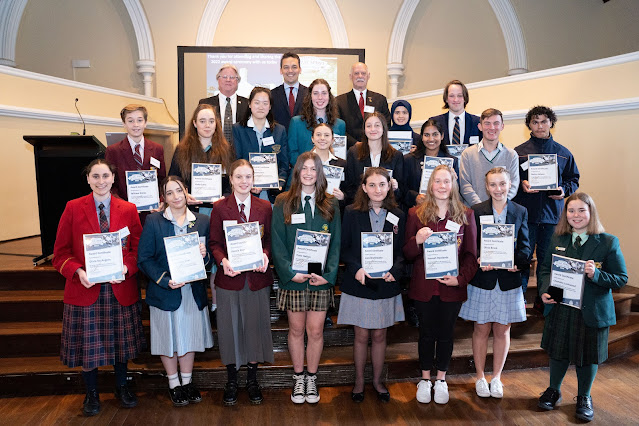Understanding Japanese Imperialism

Figure 1: MIT, 2010 T hanks to Janine Fedorchuk-Weeks (2022 teacher accompanying the tour) for this great piece on Japanese Imperialism. Empire-Building Understanding Japan’s aggressive imperialism in the lead-up to the World War II can be mind-boggling if we begin with the bombing of Darwin in 1942, so please allow me to review a bit of pre-war history before we embark on our adventures together in October. In Year 9 history, you may recall learning about the main causes of World War I: militarism, alliances, imperialism, and nationalism. One of the historical concepts we like to study is change and continuity. In a comparison of the causes of World War I and the conflict in the Pacific Theatre of World War II, we can understand that some things changed but a lot remained the same. Japan’s imperialist ambitions put the world on edge a long time before the attack on Pearl Harbour in 1941. As many students of history may remark that it was not altogether a surprise that Germany inva






